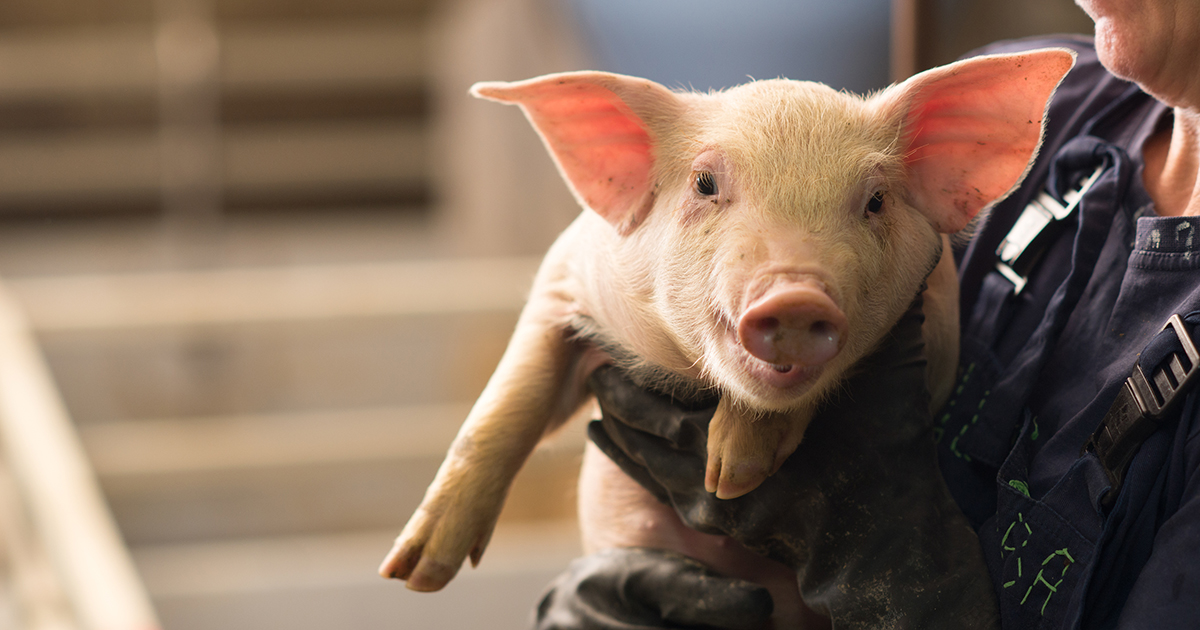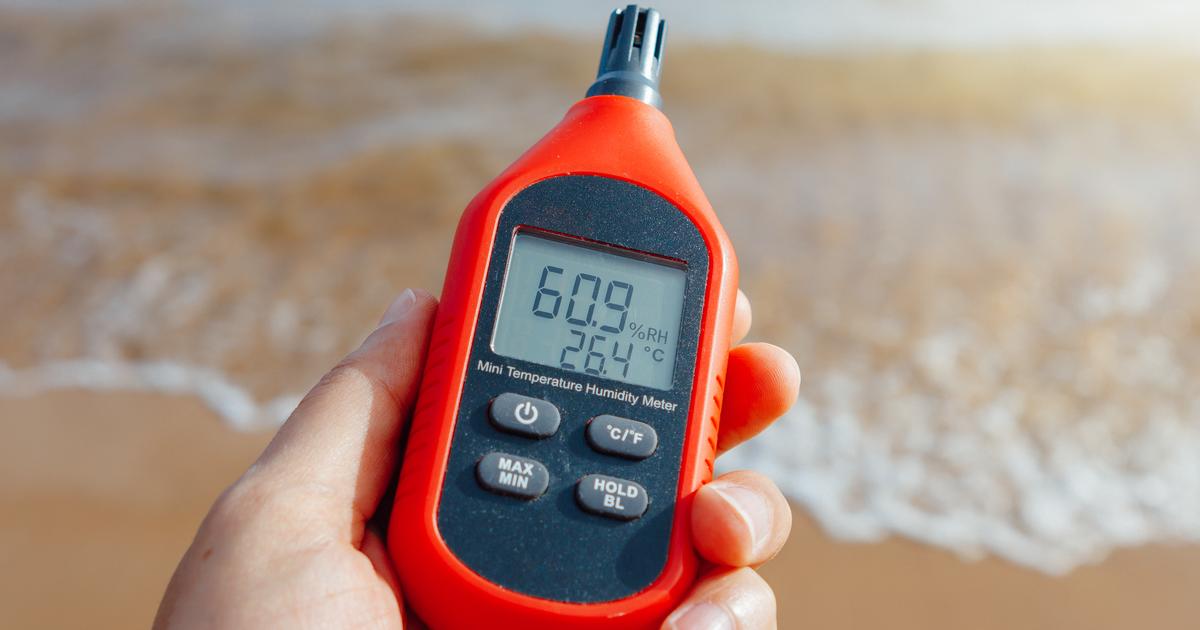Guide To The Causes, Risk Factors, And Transmission Of Ringworm
Ringworm, dermatophyte infection, and dermatophytosis are terms used to describe a skin infection caused by one of several types of fungi. Despite the name of the infection, no parasites cause an individual to develop ringworm. Symptoms of ringworm are dependent upon the location of the body it is affecting. When ringworm affects the skin, an individual may develop plaques on the skin that are scaly, red, and itchy. These plaques may form into pustules or blisters, and they may have a darker red color on their border that resembles a ring. When ringworm affects a patient's nails, they can experience discoloration, abnormal thickening, or may crack. When ringworm affects the scalp, bald patches may form. Diagnosis of ringworm is made with a physical examination with a blacklight, skin biopsy, fungal culture, and KOH or potassium hydroxide examination.
There are several causes and risk factors for the transmission and infection of ringworm. Learn about them now.
Human To Human

In the United States, the most common source of ringworm infection is contact with other infected humans directly and by contact with objects belonging to another infected person. Direct skin contact allows for the fungus to be transmitted to a new host without being killed off by external factors that would play some role if the fungus was transferred to an object before another host. A common source of ringworm transmission between humans is through participation in direct contact sports, including rugby, soccer, football, wrestling, lacrosse, and basketball. These sports can cause the transmission of ringworm because they involve a large amount of direct skin contact between two or more individuals. When children who are between four and eleven years old develop ringworm infection, it most often occurs on the scalp and face. Individuals who have compromised immune systems are at a greater risk of developing a ringworm infection when they participate in any activity that involves contact with the skin of others.
Read more about the transmission of ringworm now.
Animal To Human

This infection can develop in animals and be spread to humans. Common sources of ringworm infection from animals to humans include contaminated household pets, cattle, cows, horses, and other farm animals. Small rodents, ferrets, rabbits, and guinea pigs can also become infected and spread ringworm to humans. Many individuals contract a ringworm infection from grooming a cat or dog infected with the fungus. An individual who comes in contact with moist soil that could be contaminated from a farm animal or cattle is also at an increased risk of developing ringworm. Individuals and pets who engage in hunting activities involving contact with any type of rodent are at a greater risk of developing ringworm. Individuals who have pets known to dig frequently in moist warm soil can contract a ringworm infection from their pet. Fleas can serve as vectors for the infectious arthrospores that cause a ringworm infection, so pet owners who do not use flea protection on their pets or live in flea prone climates are at an increased risk of contracting ringworm.
Continue reading to learn more about the causes and risk factors for developing ringworm now.
Sharing With Infected Individuals

Sharing certain objects with someone infected with ringworm can cause an individual to contract the fungal infection. Objects in the home and public places that have been contaminated by someone infected with ringworm can allow for the easy transmission of the fungus to another individual. Common objects shared between individuals that are most often implicated in the transmission of ringworm include hairbrushes, sheets, pillowcases, tennis shoes, bath towels, razors, shower loofahs, sponges, and gear that are used for athletics. Fungi that cause a ringworm infection tend to grow around the shaft of an individual's hair and on their superficial skin layers. The fungi produce infective arthrospores distributed in large numbers through the skin cells and hair shed from an infected individual's body. These arthrospores can stay infectious from several months to several years on nonliving objects, depending on the environment they are in. Arthrospores are unable to penetrate through dry and healthy skin but use the vulnerabilities of mucous membrane exposure and lacerations on the skin when they come in contact with the body.
Learn more about the causes and risk factors for developing ringworm now.
Tight Clothing

An individual who is known to wear clothing that is constrictive, tight, and has poor ventilation is at a higher risk of contracting ringworm than an individual who does not. The most common type of ringworm infection that develops due to tight clothing is referred to as jock itch or tinea cruris. Jock itch describes when the ringworm infection affects the skin around the buttocks, inner thighs, and groin. This risk factor is most common among individuals who are male and in their adolescence. Individuals who tend to wear tight closed-toe shoes are also at a greater risk of developing tinea pedis or athlete's foot, where the ringworm infection affects the foot. Individuals who do not wear socks with closed shoes and do not change their socks at least once a day are also more susceptible to contracting ringworm. Tight clothing generally allows the surface of the skin to retain more moisture in warm climates, and it produces friction between the skin and fabric that produces vulnerability for arthrospore penetration.
Continue to reveal more information on the risk factors and causes of ringworm now.
Warm Climate

One of the biggest risk factors for the development of ringworm in an individual is when they live in a hot and humid climate. Almost half of all ringworm infections are caused by a type of fungus referred to as T. rubrum. Most of the fungi responsible for ringworm can survive the best in warm and moist spots. Individuals who live in a hot and humid climate tend to sweat more frequently, which makes them more susceptible to the fungi because the skin is wet. Individuals who live in a warm climate tend to utilize facilities meant for leisure, competitive swimming, or other water activities, which also puts them at an increased risk of contracting ringworm. Another reason why warm climates hold a greater risk of ringworm infection is because these areas have a greater tendency to be crowded and more densely populated because of the desirable climate. The more contact an individual has with other people and objects used or touched by others, the greater their risk of contracting the fungus that causes ringworm.